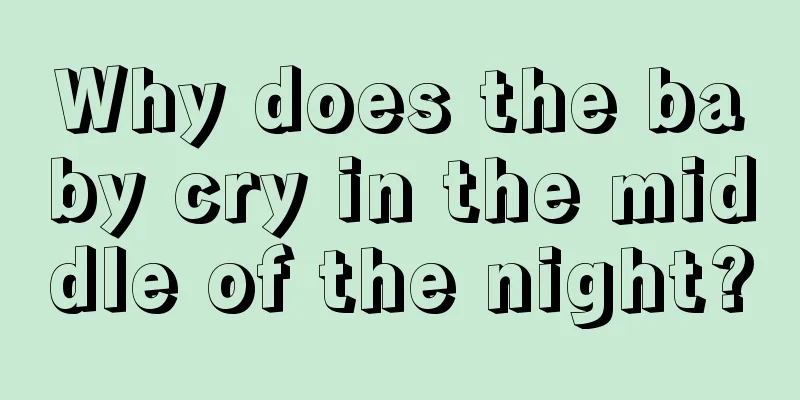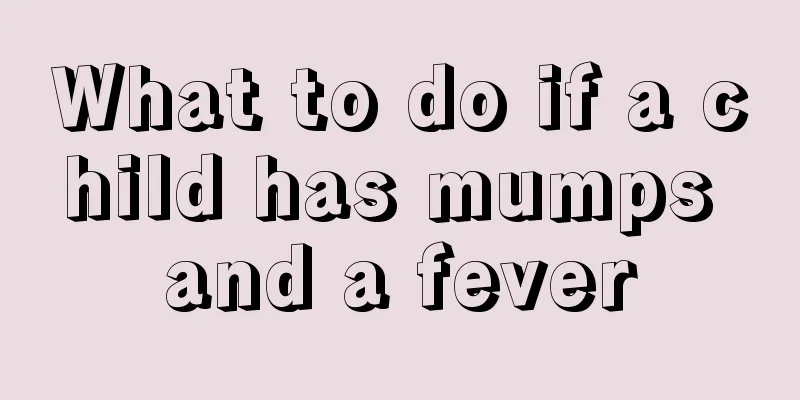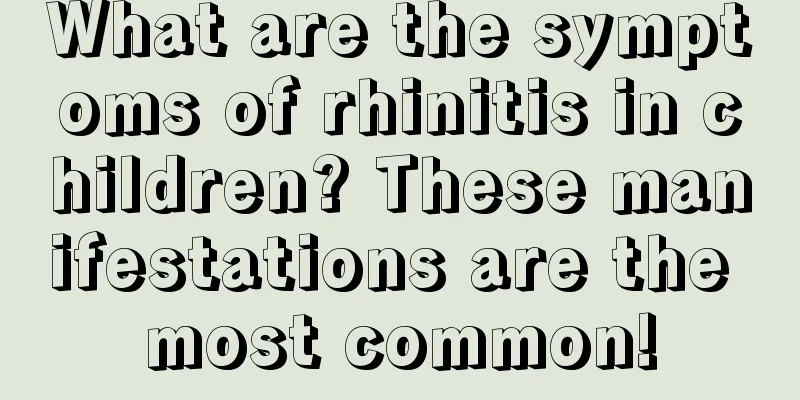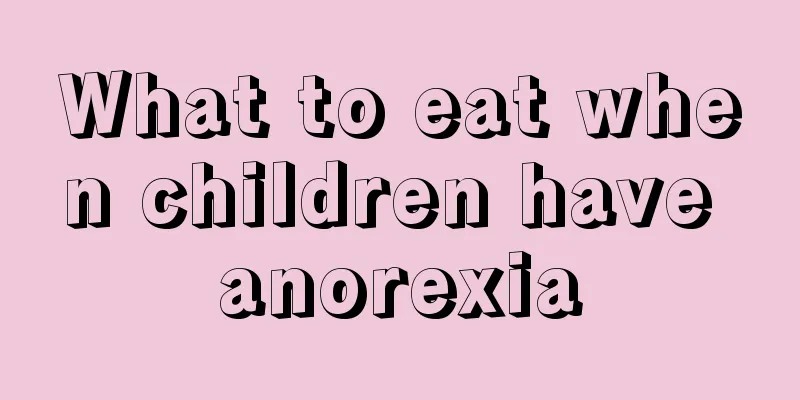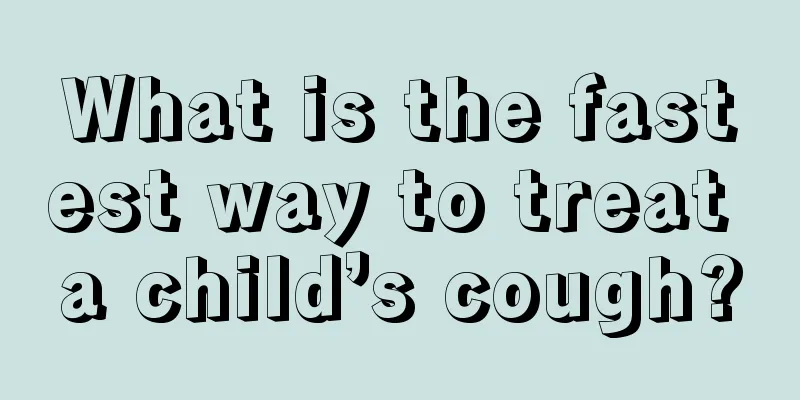Symptoms of rickets in children
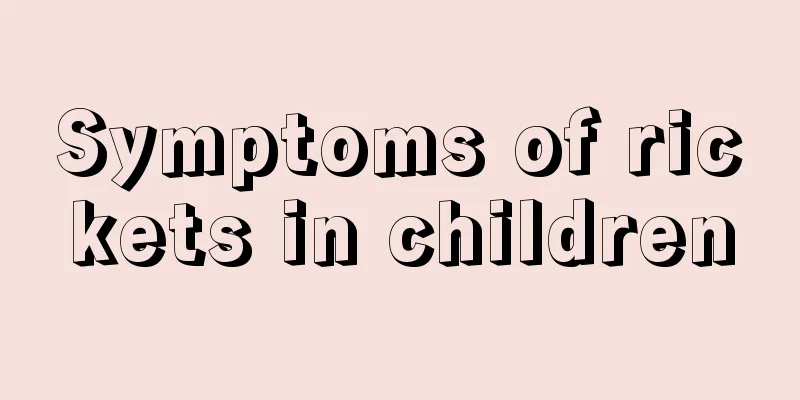
|
For a mother, the biggest disaster she can think of is that her child has some problems. One of the diseases that worries mothers the most is rickets. This childhood disease is relatively common, but also relatively difficult to cure. Rickets has different clinical manifestations. Severe rickets has the greatest impact on children. It is very necessary for mothers to understand the symptoms of rickets and related common sense. What are the more obvious symptoms of rickets in children, especially since many children undergo many physical examinations when they are young. Many people know little about the care of children with rickets, but it is necessary for families with children suffering from this disease to understand these issues. The main clinical manifestations of vitamin D deficiency rickets are bone changes, muscle relaxation, and non-specific neuropsychiatric symptoms. Severe rickets can affect the digestive system, respiratory system, circulatory system and immune system, and can also affect the intellectual development of children. Clinically, it is divided into the initial stage, the acute stage, the recovery stage and the sequelae stage. The initial stage, the intense stage and the recovery stage are collectively referred to as the active stage. 1. Initial stage Most cases begin to develop at around 3 months of age, with psychoneurological symptoms being the main symptoms during this period. Children suffer from disturbed sleep, crying, and sweating. After sweating, their scalp becomes itchy and they rub their heads on the pillow, resulting in occipital baldness. 2. Intensive period In addition to the initial symptoms, the children mainly have bone changes and delayed motor development. Pressing your fingers on the occipital and parietal bones of children aged 3 to 6 months, you will feel the skull sink in, and it will bounce back when you release your hand. This is called the ping-pong sign. Children over 8 to 9 months old often have a square skull, a large anterior fontanelle and delayed closure. In severe cases, the anterior fontanelle has not closed at 18 months. The junction of the ribs and costal cartilage on both sides is swollen like beads, which are called rib beads. The middle part of the sternum protrudes forward like a "pigeon chest", or sinks into a "funnel chest", and the lower edge of the thorax turns outward to form "costal eversion"; the spine is kyphotic and scoliotic; the legs of children who can stand and walk will form an inward or outward bending deformity, that is, "O"-shaped or "X"-shaped legs. The children's muscles and ligaments are loose and weak, and their abdomen is swollen due to weak abdominal muscles. They have a "frog-shaped belly" when lying flat. Due to weak muscles in their limbs, they learn to sit, stand and walk at a late age, and they are prone to falling due to weak legs. Tooth eruption is late, teeth are crooked, and dental caries are more likely to occur. The cerebral cortex functions abnormally, conditioned reflexes form slowly, children have a dull expression, delayed language development, low immunity, and are prone to complications of infection and anemia. 3. Recovery period After a certain amount of treatment, various clinical manifestations disappeared, muscle tone recovered, and blood biochemical changes and X-ray manifestations also returned to normal. 4. Sequelae It is more common in children over 3 years old. After treatment or natural recovery, the clinical symptoms disappear, and only severe rickets leaves behind bone deformities in different parts and degrees. Through the introduction of the above content, we can understand that rickets in children is not a terminal illness, and mothers do not need to worry too much. This disease is quite common. When children are young, the main symptoms are mental symptoms. In the later stages, the bones will be somewhat different from those of other children. However, through professional treatment or self-recovery, there are rarely any sequelae. |
<<: Whooping cough symptoms in children
>>: What should you pay attention to when your child changes his teeth?
Recommend
The dangers of letting babies sleep with night lights on
It is generally difficult to coax a baby to sleep...
How to treat snoring in children?
I believe that most men have snored. It seems tha...
Which calcium supplement is good for two-year-old children?
When children are two or three years old, their b...
My child always says he is bored. What's going on?
In the eyes of adults, every child is full of ene...
Which department should I go to for bronchitis in children?
As we all know, the incidence of bronchitis in ch...
How to teach your child addition and subtraction
As children grow up day by day, how to effectivel...
What are the secondary sex characteristics of boys?
When boys reach a certain age, they begin to deve...
Seven situations in which parents should not kiss their babies
NO.1—Blisters appear If a mother develops rice-si...
What are the commonly used medicines for children?
Children have weaker resistance, so they are pron...
8 month old baby urticaria
Children are the apple of their parents' eyes...
What should I do if my child’s front teeth are knocked out? These tips can help you
Children are more naughty and like to play, but b...
Why does my baby poop contain foam?
Problems are likely to occur when babies are a fe...
What should I do if I get infected after vaccination?
Many babies will have adverse reactions after vac...
Why does the child have yellow urine and less urine?
Perhaps many parents will find that their childre...
What to do if your six-month-old baby has a red bottom
Many mothers have encountered the situation of ba...
